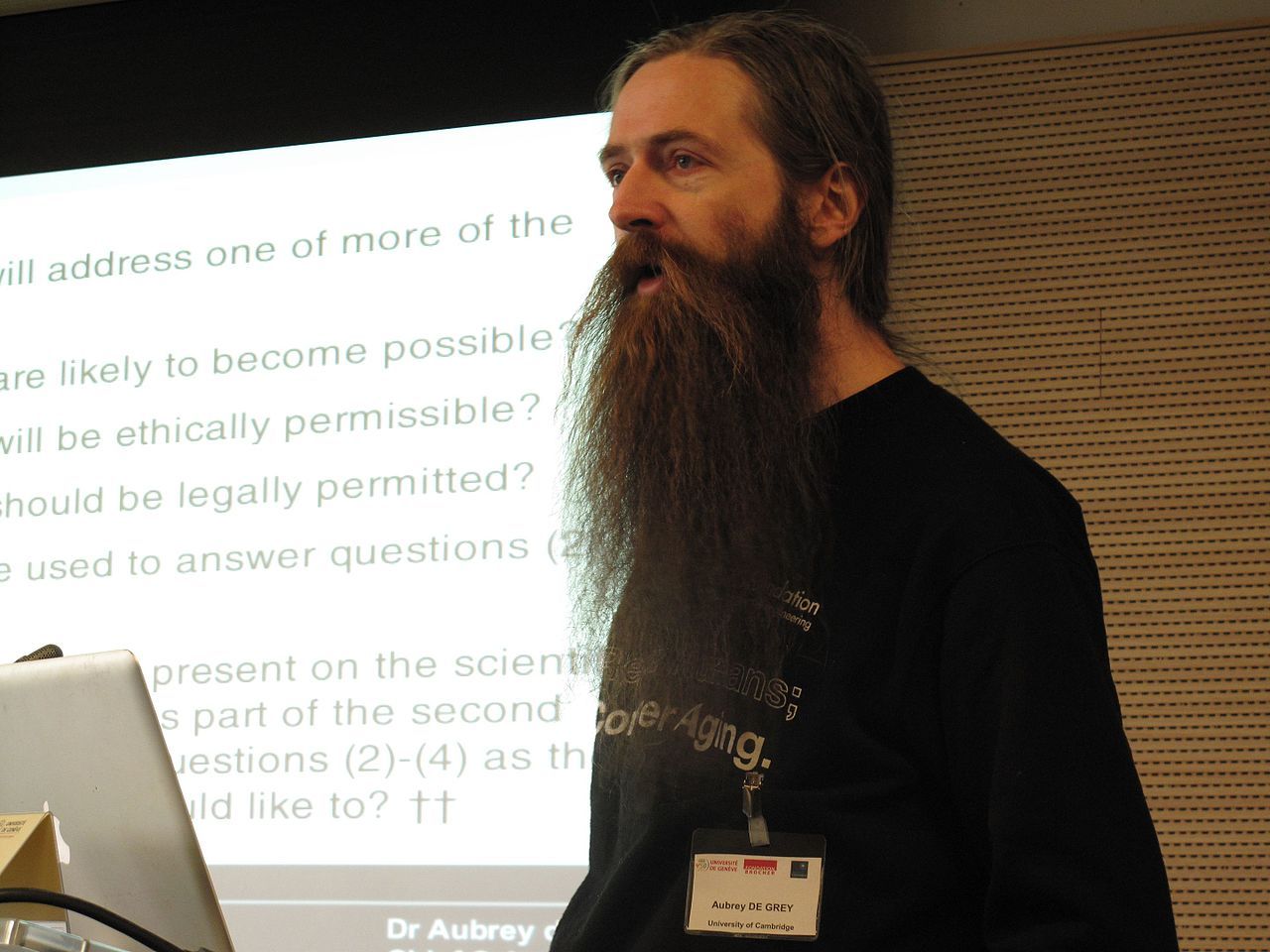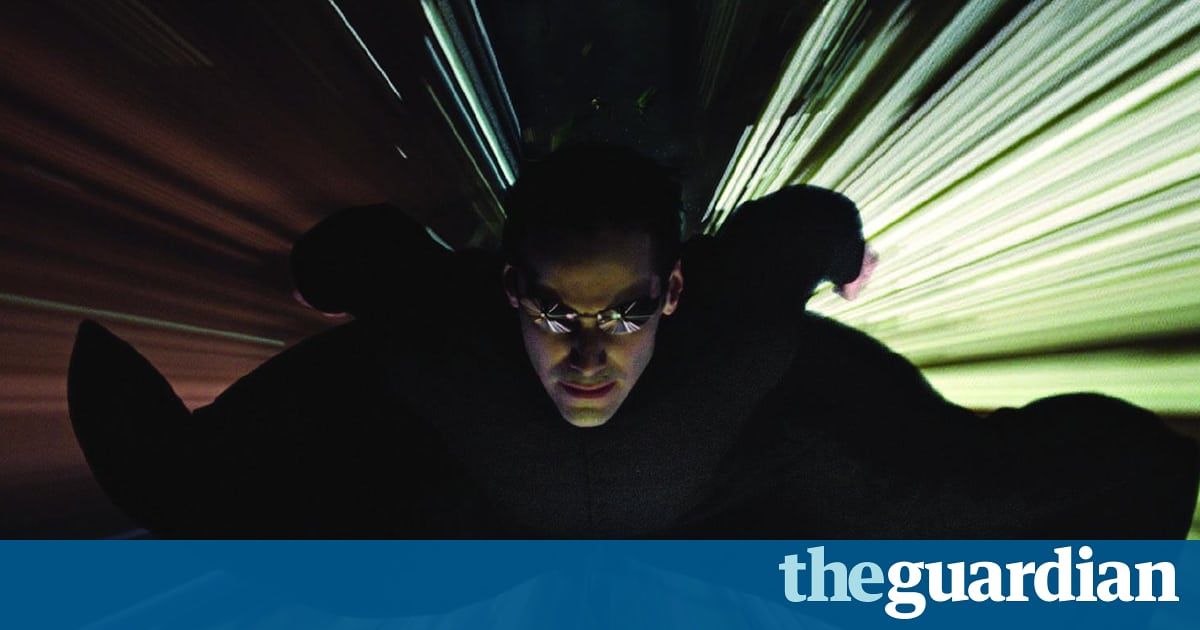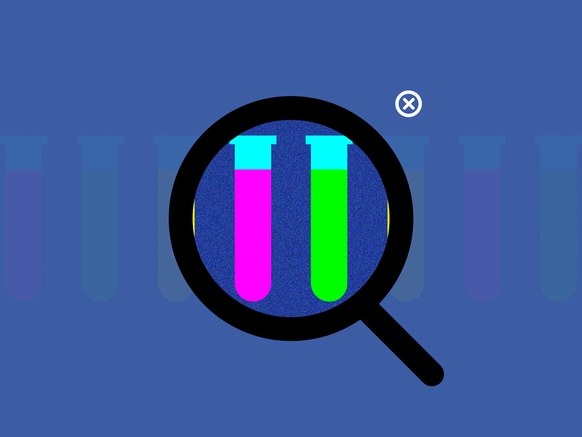Given there is to be a Reddit AMA on December 7th with Dr. Aubrey de Grey in the futurology subreddit, we thought it was a great time to have a look at the progress the SENS Research Foundation has made in tackling the aging processes. What follows is a brief summary of some of the highlights of their research efforts as well as the details of the AMA where you can ask Aubrey anything you like about his work.
Given that there is to be a Reddit AMA on December 7th with Dr. Aubrey de Grey in the Futurology subreddit, we think it’s a great time to have a look at the progress that the SENS Research Foundation has made in tackling the aging processes. What follows is a brief summary of some of the highlights of their research efforts as well as the details of the AMA, in which you can ask Aubrey anything you like about his work.
Today, there are many drugs and therapies that we take for granted. However, we should not forget that what is common and easily accessible today didn’t just magically appear out of thin air; rather, at some point, it used to be an unclear subject of study on which “more research was needed”, and even earlier, it was just a conjecture in some researcher’s head.
Hopefully, one day not too far into the future, rejuvenation biotechnologies will be as normal and widespread as aspirin is today, but right now, we’re in the R&D phase, so we should be patient and remind ourselves that the fact that we can’t rejuvenate people today doesn’t mean that nothing is being done or has been achieved to that end. On the contrary, we are witnessing exciting progress in basic research—the fundamental building blocks without which rejuvenation, or any new technology at all, would stay a conjecture.
Dr. Hébert will be in Berlin to provide an update on his fascinating work. The use of stem cells to repair the brain is relatively straightforward for Parkinson’s disease, in which cell depletion is localized to one small region, but in Alzheimer’s disease and other conditions, the cell loss is widely distributed, whereas cells can only be injected into one spot. The solution that Dr. Hébert explores is to make those cells migrate before dividing and differentiating.
https://www.undoing-aging.org/dr-jean-hebert-to-speak-at-undoing-aging-2018
Life 3.0
Posted in military, robotics/AI
Max Tegmark’s Life 3.0 tries to rectify the situation. Written in an accessible and engaging style, and aimed at the general public, the book offers a political and philosophical map of the promises and perils of the AI revolution. Instead of pushing any one agenda or prediction, Tegmark seeks to cover as much ground as possible, reviewing a wide variety of scenarios concerning the impact of AI on the job market, warfare and political systems.
Yuval Noah Harari responds to an account of the artificial intelligence era and argues we are profoundly ill-prepared to deal with future technology.
““Access to science is going to be a first-world privilege,” Geltner says. “That’s the opposite of what science is supposed to be about.””
“Eventually such systems may not require conscious input to capture and respond to shifting user preferences, though user intervention might still remain an option. The notion of ‘virtual’ fails to accurately describe such a world.”
“ “What we can say now is that the impact [of ESG issues] on risk, volatility and valuation is clearly statistically significant.” ”
“The attention of architects and designers is radically improving life on water. A new book “Rock The Boat”, out now from Gestalten, explores their work, and shows that “aquatecture” isn’t all portholes and painted timber, but rather modern, innovative and resourceful.”
‘UN diplomats confirmed that the new email release would worsen the “bad name” of gene drives in some circles. “Many countries [will] have concerns when this technology comes from DARPA, a US military science agency,” one said.‘.
Cutting-edge gene editing tools such as Crispr-Cas9 work by using a synthetic ribonucleic acid (RNA) to cut into DNA strands and then insert, alter or remove targeted traits. These might, for example, distort the sex-ratio of mosquitoes to effectively wipe out malarial populations.
Some UN experts, though, worry about unintended consequences. One told the Guardian: “You may be able to remove viruses or the entire mosquito population, but that may also have downstream ecological effects on species that depend on them.”
“My main worry,” he added, “is that we do something irreversible to the environment, despite our good intentions, before we fully appreciate the way that this technology will work.”








